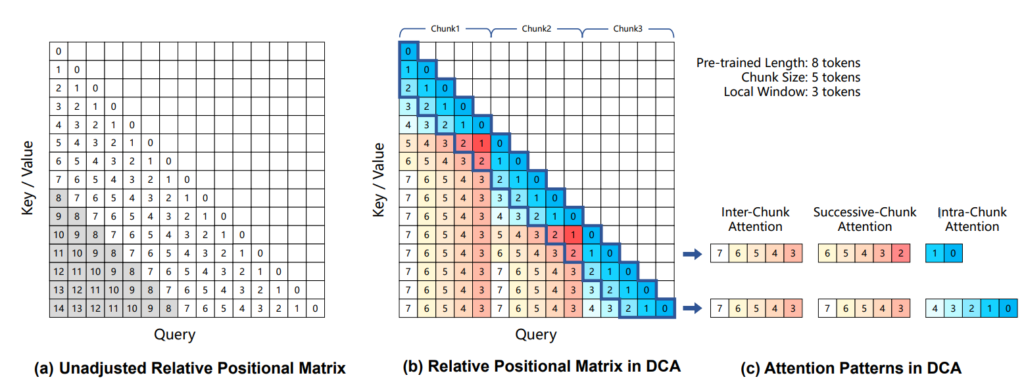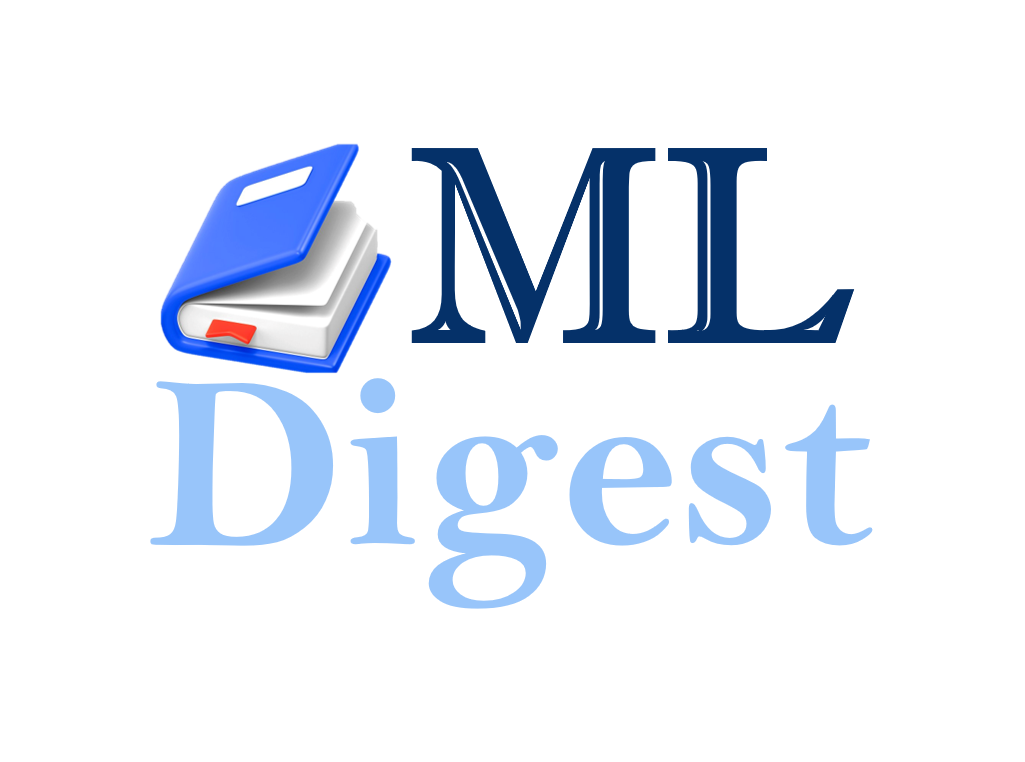Controlling the output of a Large Language Model (LLM) is essential for ensuring that the generated content meets specific requirements, adheres to guidelines, and aligns with the intended purpose. Several techniques can be employed to guide and refine LLM outputs effectively:
- Prompt Engineering
- Description: Crafting the input prompt carefully to elicit desired responses.
- Techniques:
- Clear Instructions: Provide explicit instructions on the expected format, style, or content.
- Contextual Information: Include relevant context or background information to guide the model.
- Question Framing: Phrase questions in a way that directs the model towards specific types of answers.
Summarize the following text in three bullet points:
[Your text here] - Few-Shot Learning
- Few-Shot Learning: Providing a few examples within the prompt to demonstrate the desired output. Example:
Translate the following English sentences to French.
In: Hello, how are you?
Out: Bonjour, comment ça va ?
In: What is your name?
Out: Quel est ton nom ?
In: [Your sentence here]
Out:- System Prompts and Role Specification
- Description: Defining a role or persona for the LLM to adopt, setting the tone and style of the responses. Example:
You are a professional medical advisor. Provide accurate and concise answers to medical questions. - Fine-Tuning
- Description: Adjusting the model’s parameters by training it on a specific dataset to specialize in particular tasks or domains.
- Benefits: Enhanced performance on targeted applications, adherence to desired output styles. Note: Fine-tuning requires access to the model’s training process and appropriate computational resources.
- Using Constraints and Specifications
- Format Constraints: Specify the structure of the output (e.g., JSON, lists, specific templates).
- Style Constraints: Define the tone, formality, or perspective (e.g., academic, conversational).
- Content Constraints: Limit or guide the topics, avoiding certain subjects or focusing on others. Example:
Provide a brief, formal summary of the following article in no more than 100 words.
[Article text] - Temperature and Sampling Settings
- Temperature: Controls the randomness of the output. Lower values make the output more deterministic, while higher values increase creativity.
- Top-K and Top-P Sampling: Restrict the model’s token selection to the top K probable tokens or a cumulative probability P. Usage: Adjusting these parameters can fine-tune the creativity and specificity of the responses.
- Post-Processing and Filtering
- Description: Analyzing and modifying the generated output after it is produced by the model.
- Techniques:
- Content Filtering: Removing or flagging inappropriate or undesired content.
- Formatting Corrections: Ensuring the output adheres to the specified format or guidelines.
- Validation: Checking factual accuracy or consistency with provided data.
- Interactive and Iterative Refinement
- Description: Engaging in a back-and-forth dialogue with the model to iteratively refine the output.
- Techniques:
- Feedback Loops: Providing corrections or additional instructions based on previous outputs.
- Clarifying Questions: Asking the model to elaborate or adjust specific parts of its response.
Your summary is too vague. Can you include specific data points mentioned in the article?
By thoughtfully applying these techniques, you can significantly influence and refine the outputs of LLMs to better suit your specific needs and objectives.



